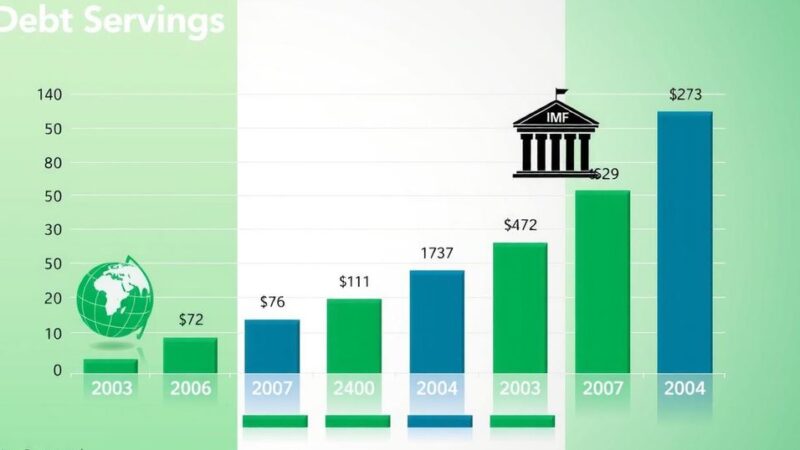The report reveals Round 16 of the DTM assessments by IOM, identifying 1,322,766 IDPs in north-central and north-west Nigeria. This represents a 10% increase due to new location assessments and ongoing conflicts. The data reflects living conditions in both camps and host communities across ten affected states as of late 2024.
The report delineates the findings from Round 16 of the Displacement Tracking Matrix (DTM) assessments conducted by the International Organization for Migration (IOM). It aims to enhance understanding of the internal displacement dynamics in the north-central and north-west regions of Nigeria, which are severely affected by conflict. This atlas was evaluated between October and November 2024, capturing data on internally displaced persons (IDPs) from ten states within this geopolitical zone, which includes Benue, Kano, Kaduna, Katsina, Kogi, Niger, Nasarawa, Plateau, Sokoto, and Zamfara, ranking as the second most affected area after the north-east.
In the latest assessment, Round 16, a total of 1,322,766 IDPs were identified across 225,458 households, marking a modest increase of approximately 10 percent or 130,350 individuals from Round 15. This rise can largely be attributed to the inclusion of newly assessed locations, alongside factors such as increased violence leading to displacement, natural disasters, and seasonal movement for agriculture or safety. The assessment spanned 1,761 locations, including 104 camps and camp-like settlements as well as 1,657 sites where IDPs cohabited with host communities, as recorded in November 2024.
The findings from Round 16 of the DTM are pivotal for understanding the landscape of internal displacement in northern Nigeria. With an identified increase in IDPs amounting to 1,322,766 individuals, the report highlights pressing issues like violence, seasonal mobility, and disaster impacts. Continued assessment and intervention are essential to address the humanitarian needs in these severely affected regions.
Original Source: reliefweb.int






